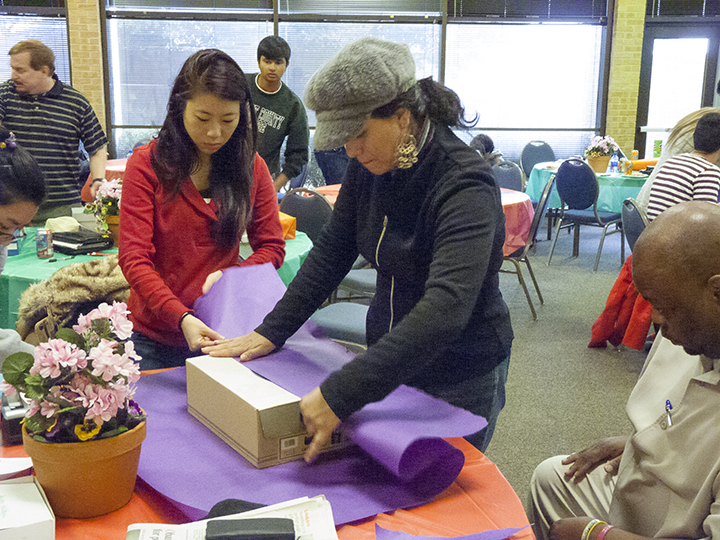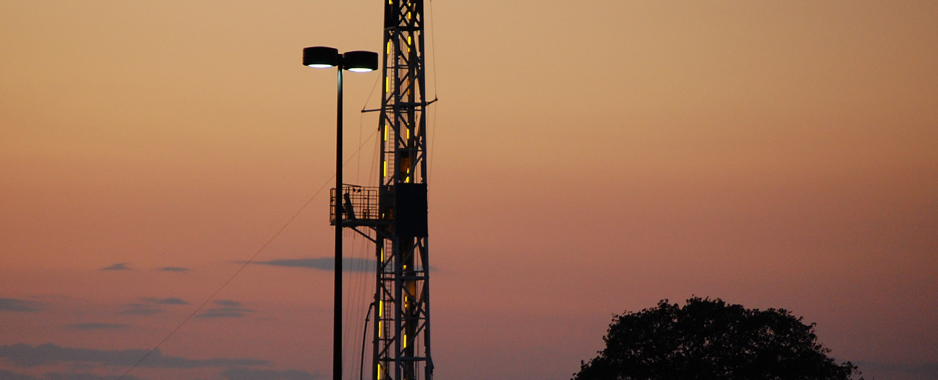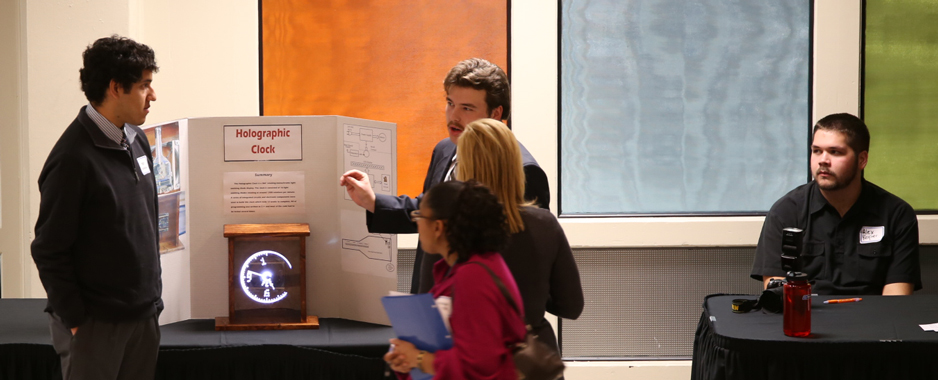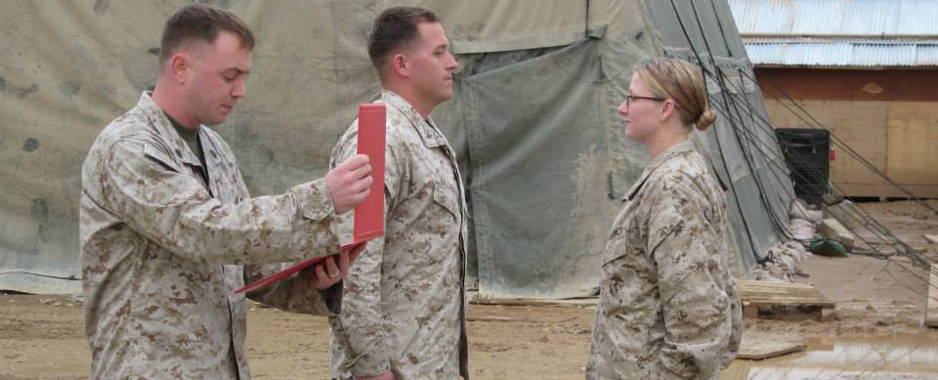By Curtis Howe/reporter
The history of the Native American Civil Rights Movement is a long one that young people of any race must get involved in, a history associate professor told SE students Nov. 20.
Gregory Kosc compared the Native American Civil Rights Movement to other civil struggles both current and in the last century. He said the movement’s most pivotal point in recent times was 1969-1973 — a bulge in the revival of culture and pride in Native Americans. It showed just another side to the American experience, consisting of many other cultural experiences.
It did not completely repair the damage that Native Americans have been given, but it was another step to equality, Kosc said.
“What about change? It takes a long time,” he said. “These people have to wait their entire lives.”
The movement toward Native American rights started in the 1800s.
In early years, Native Americans faced disease that damaged the populations, European extermination, land treaties giving reservations and taking them away and Manifest Destiny.
After the Civil War, the U.S. government made more treaties and began assimilation. Using boarding schools to reteach Native Americans, the Dawes Act split communal reservations into independently owned land and outlawed native religions, which served to try and break up cultural integrity, Kosc said.
The goal was to “make Native Americans into good capitalists,” he said. However, educated Native Americans returned to their homes more often than not and used their knowledge to fight for their community.
In the 1900s, the NACRM formed and began focusing on issues. With a push for citizenship, land ownership and equality, it gained momentum during World War II as soldiers felt they deserved to be citizens for their toil, Kosc said. This was boosted with a shift in policy about assimilation, reservations getting the right to make schools and the government creating bilingual schools.
Setbacks in the 1900s included the termination of land ownership granted by the federal government and given to state governments. This loosened NACRM power, as did relocation, propaganda urging young Native Americans to leave their reservations and moves into cities to be citizens, Kosc said. The Cold War also drew tension to communal land ownership as communism has a similar tenet as Native Americans do.
In response to termination, the National Congress of American Indians pushed for usage of the Point 4 Program, a federal ideal of educating colonized people around the world against communism, Kosc said. It also formed academic workshops to educate youth, though many dropped out in fear of losing their culture.
Lastly, the American Indian Chicago Conference in 1961 was held, but it was a chaotic event over disagreements, Kosc said. In the wake of the conference, the Native Indian Youth Council was formed. Originally, they were the youths who attended the conference and pushed to gather press coverage that would force change along. The council was inspired by the African-American Civil Rights Movement, and one of the more radical groups, the American Indian Movement, was modeled after the Black Panthers, Kosc said.
“The NIYC cannot do this alone,” he said.
Help from other civil rights movements helped the NACRM along.
The Wounded Knee Incident of 1973 was a 71-day occupation in response to racism, negligence of city leaders and abuse of Native Americans living on the Pine Ridge Reservation, Kosc said. AIM was asked to help, and coverage was gained for the population, but it was focused on the conflict instead of the issues that the incident was over. The FBI negotiated with AIM, but the resolution did not fix the city council’s problem, Kosc said.
The movement’s legacies were a resurgence of culture and identity. AIM fell out of popularity because of its militant ideology, continual recognition of rights and settlements and a step toward fighting stereotypes, such as the mascot of Washington’s pro football team, Kosc said.
Still slowed by a lack of political power and coverage, the movement is still being sustained with social media.
Kosc urged students to get involved with the movement in any way that is possible, even if it is a small impact.
“You should feel empowered [by your race], not marginalized, to talk about these issues,” he said.
Together, equality can be gained, but it will take time, Kosc said.





























